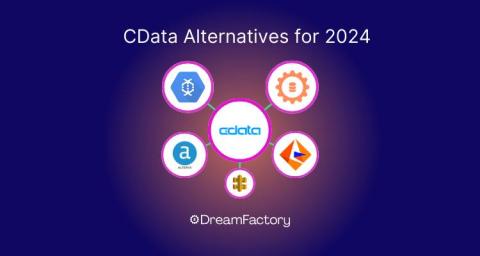Harness These 3 Automation Tools to Reboot Your Enterprise for Success in 2024
Learn how to implement end-to-end process automation strategies successfully. Discover which hyperautomation technologies drive immediate and future business impact in the Gartner® Emerging Tech Impact Radar: Hyperautomation Report. Discover which use cases you should focus on for business process automation. Download theGartner® Market Guide for Business Process Automation Tools.









